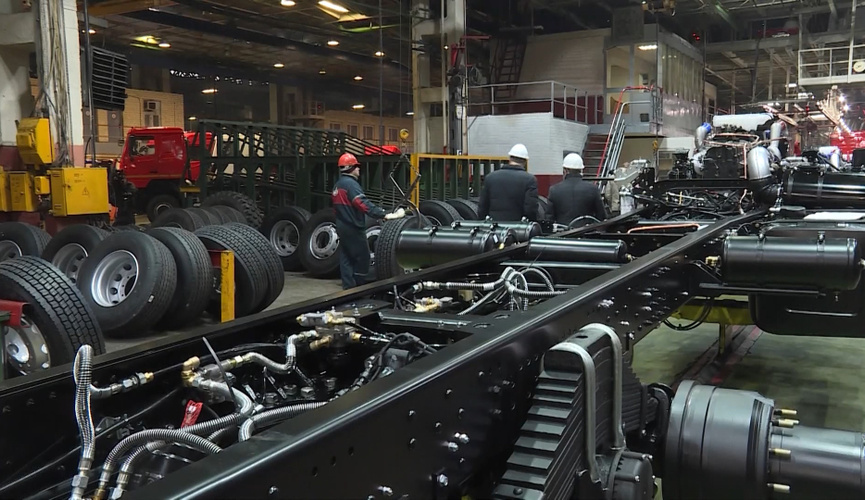Personnel Crisis in belarus: the Economy Is Suffocating Due to the Ineffective Management of lukashenko’s Regime
10/16/2025

belarus’ labor market is showing systemic imbalances, which are a direct consequence of the lukashenko regime’s ineffective management. The republican job bank currently has over 177,000 open positions – by 12,000 more than last year and by almost 40,000 more than two years ago. This trend shows not an economic growth, but rather a deep personnel crisis with which the authorities cannot cope.
Businesses continue to report a shortage of workers in virtually all sectors. At the same time, wages are rising – even despite the slowdown in their growth rate, they are steadily outpacing both GDP growth and labor productivity. For the population, this seems positive: incomes are rising and the labor market is formally active. But for the economy, this is a destructive trend – wages are increasingly detached from real production efficiency.
In normal conditions, such a disproportion would lead to inflation, as companies would be forced to compensate for their costs by raising prices. However, in the belarusian model of administrative price control, this mechanism is blocked. The result is a decline in the profitability of state-owned enterprises, a reduction in working capital, and forced lending to payroll funds. For many companies, this ends in bankruptcy.
The demographic crisis only exacerbates the problem. In 2024, about 175,000 citizens left the country, mainly professionals who moved to the EU for work. In total, after 2020, belarus lost more than half a million people – a significant part of its active labor force.
Staff shortages, administrative interference in pricing, and chronic ineffectiveness of the public sector have become systemic features of the belarusian economy.
